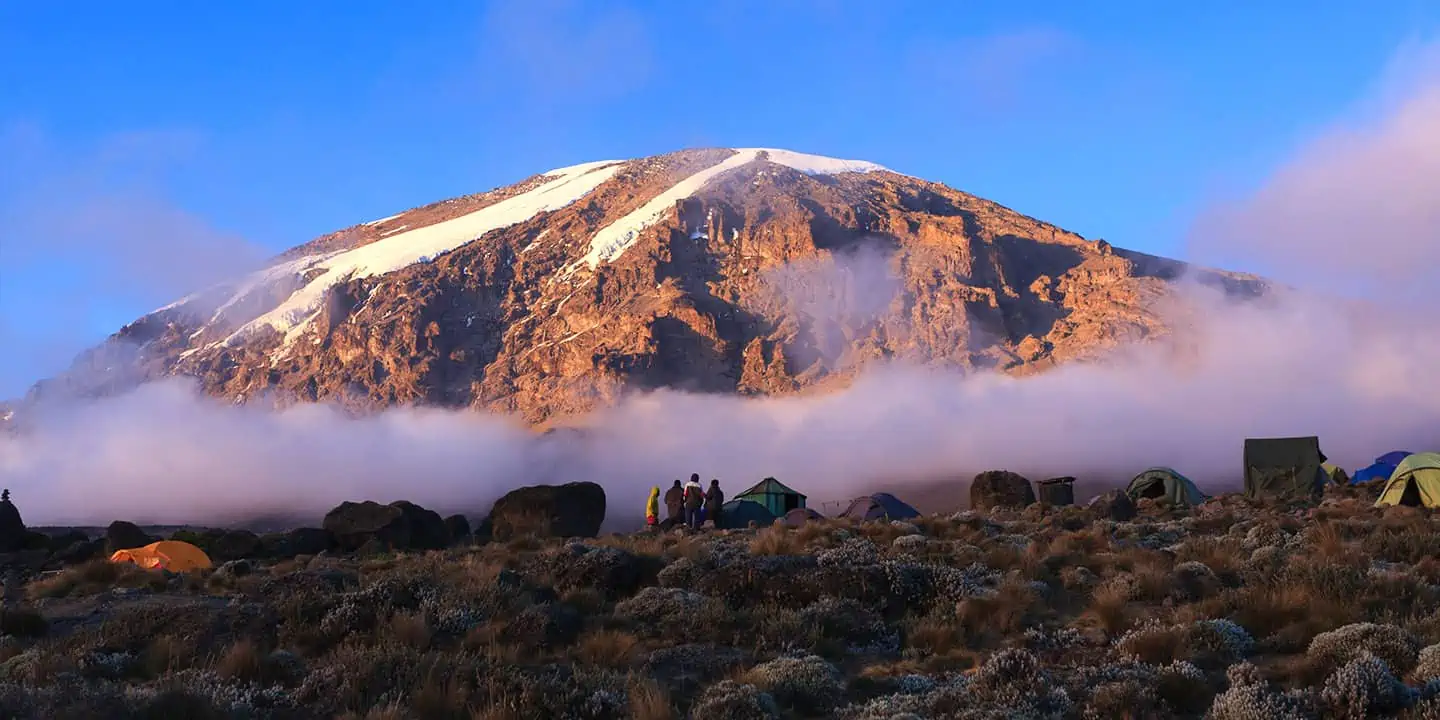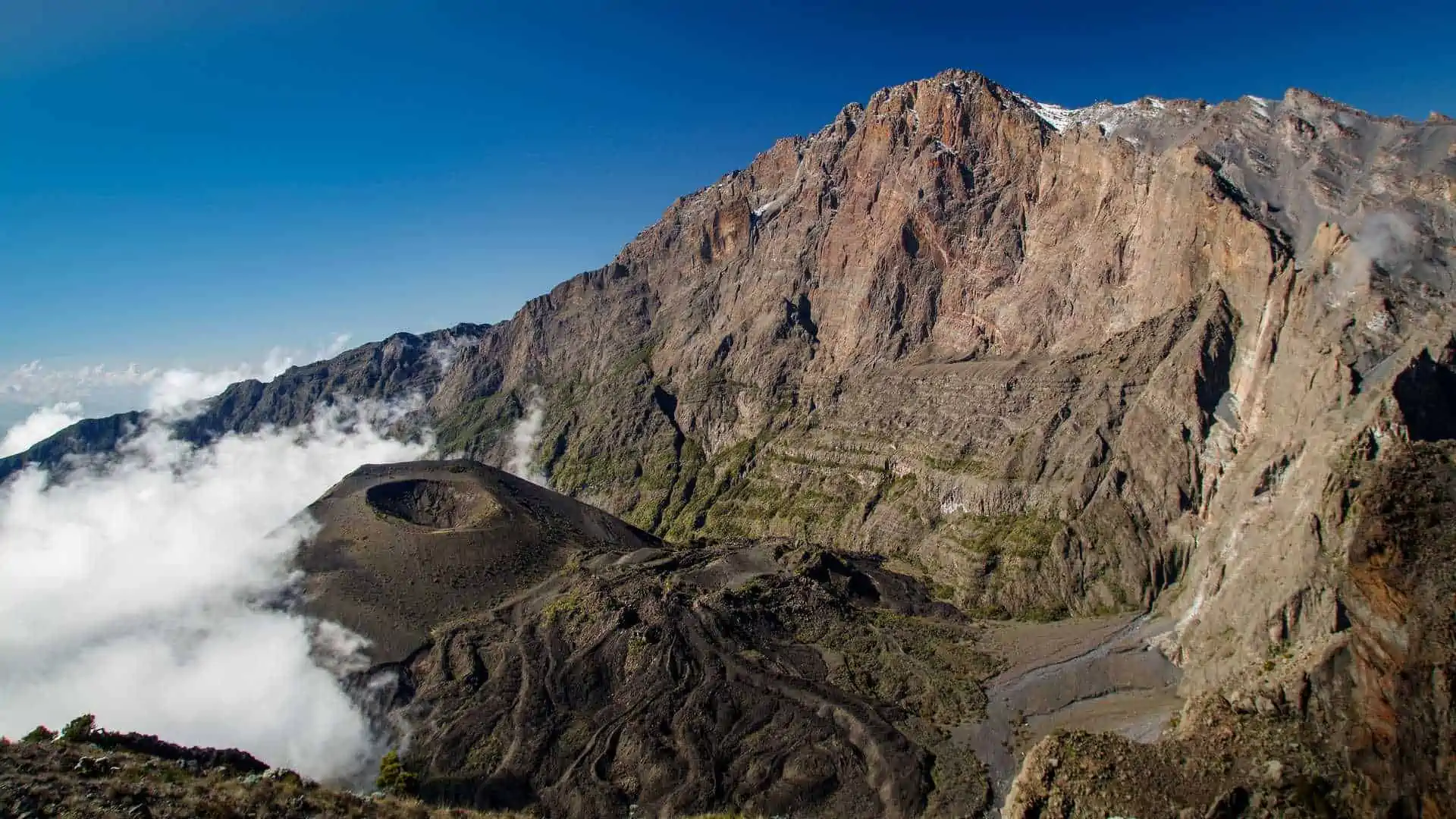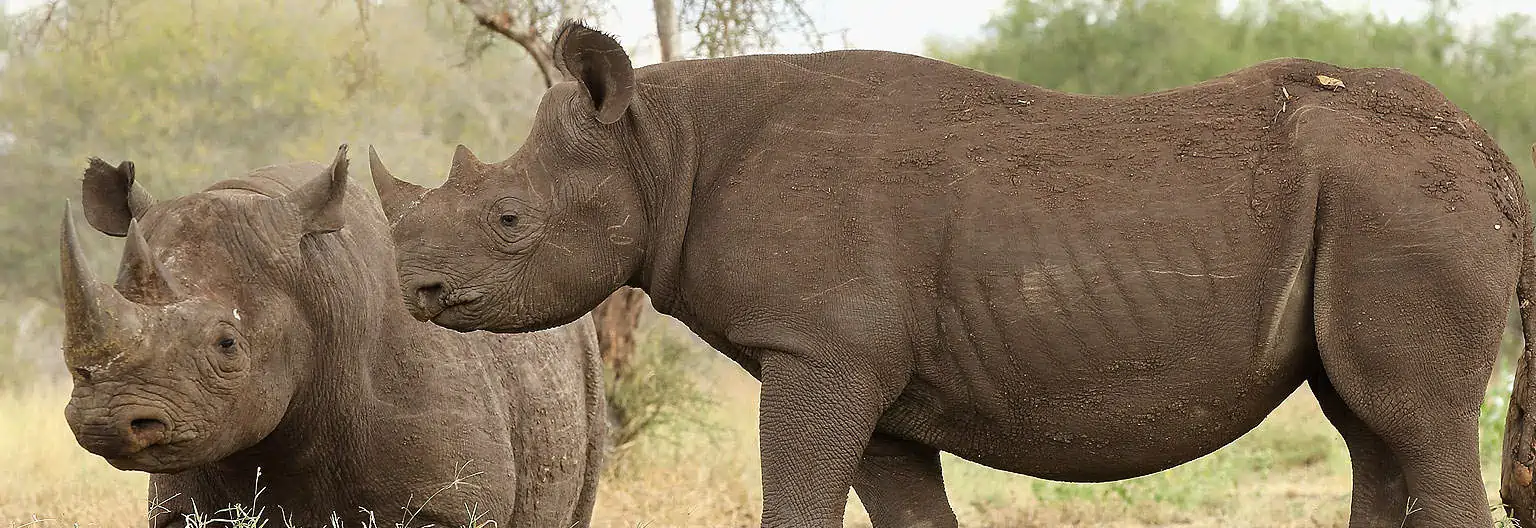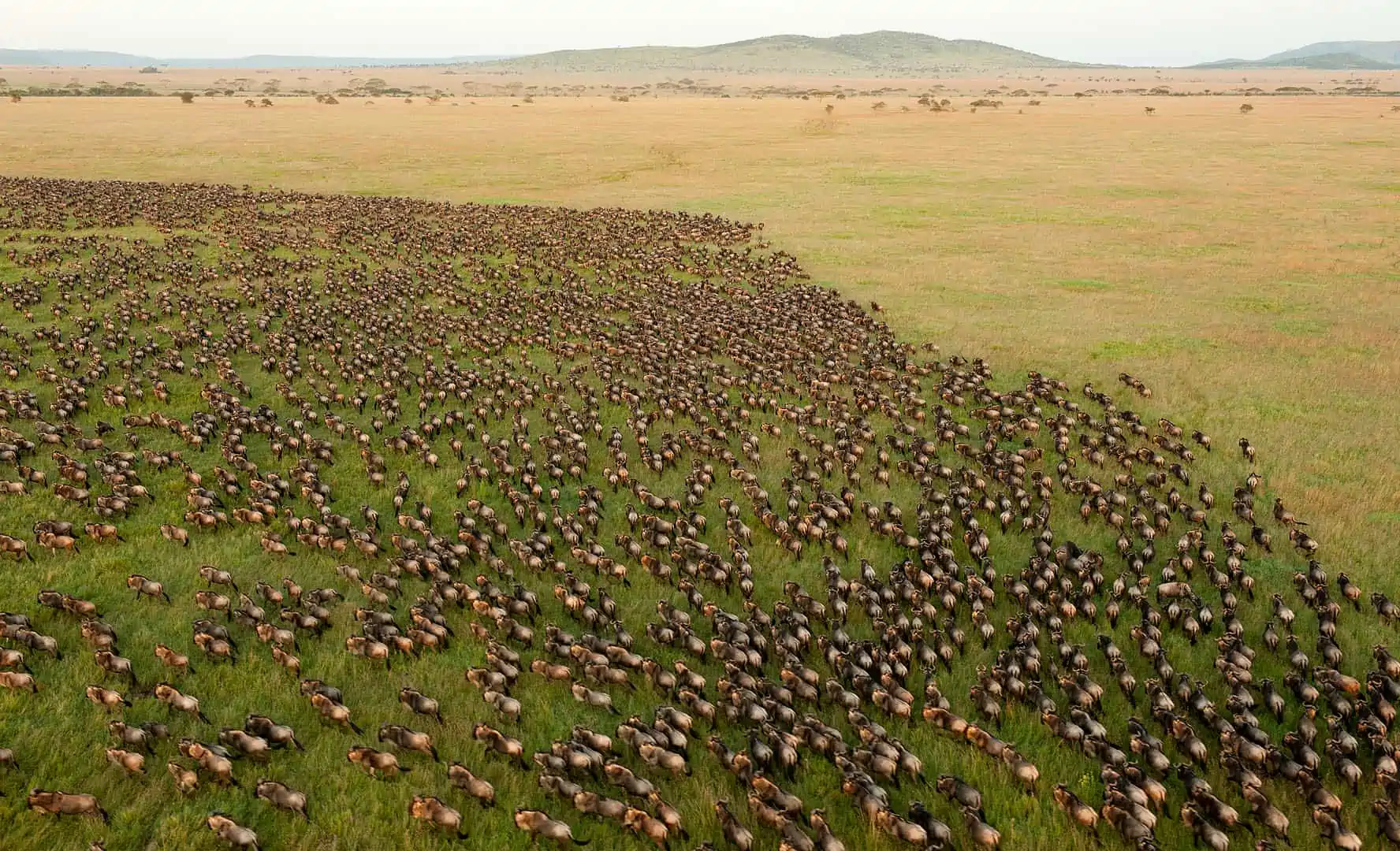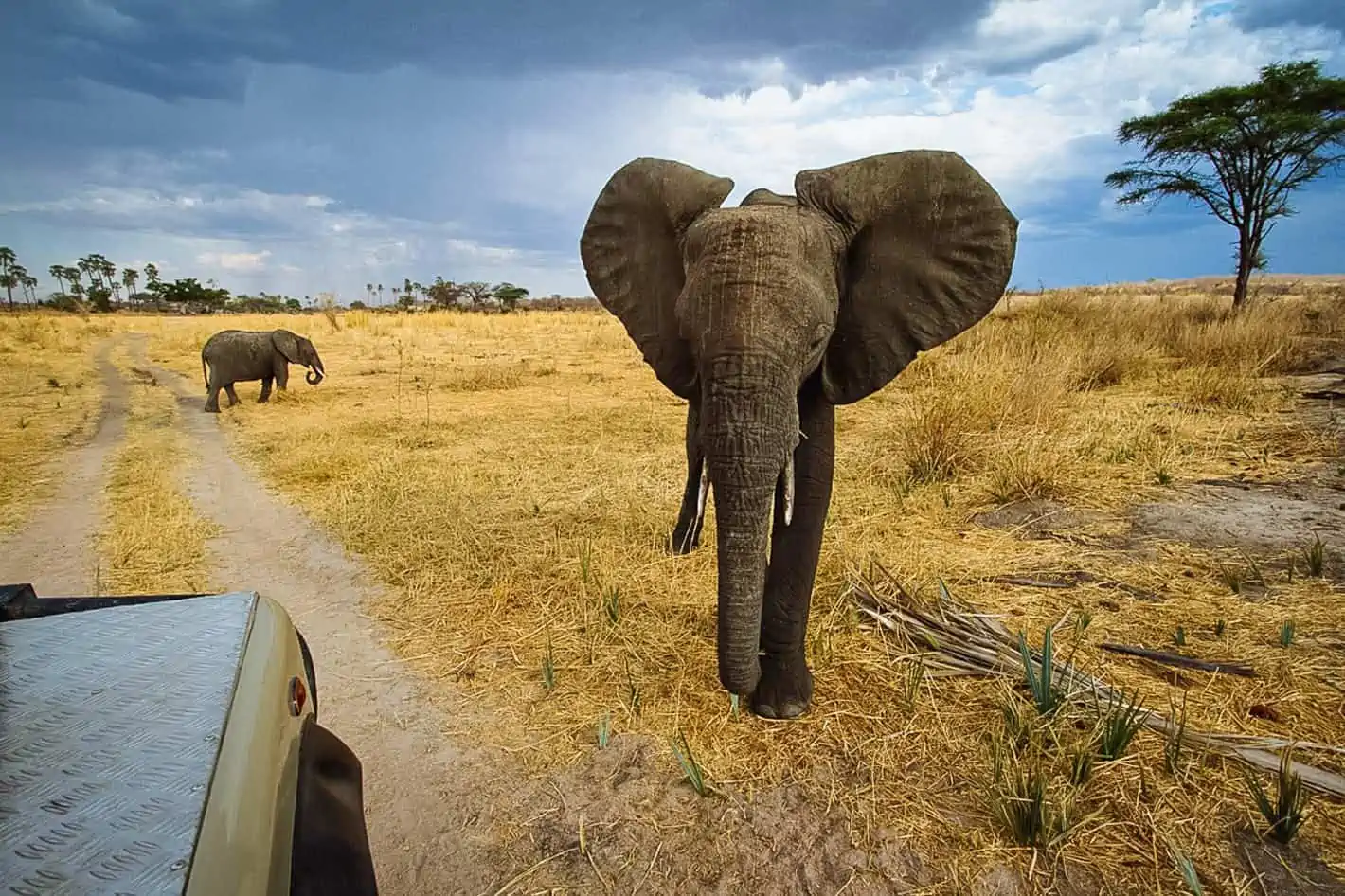Mikumi National Park
- Home
- Mikumi National Park
Mikumi National Park Safari: The Ultimate Guide to Tanzania’s Wildlife Gem
Planning a Mikumi National Park Safari is your ticket to experiencing Tanzania’s diverse wildlife without the crowds—and at a fraction of the cost of the more famous northern circuits. Nestled just 290 km southwest of Dar es Salaam, Mikumi National Park spans over 3,230 km² of savanna plains, riverine woodlands, and lush forested gorges. In this comprehensive guide, you’ll discover why a Mikumi National Park Safari should top your Tanzania bucket list, and how to make the most of your adventure.
Why Choose a Mikumi National Park Safari?
Easy Accessibility
Unlike remote reserves, Mikumi is a straightforward drive or flight from Dar es Salaam or Iringa. This makes a Mikumi National Park Safari perfect for short trips or as an add-on day trip between other Tanzanian highlights.Big Five Viewing
While not guaranteed, Mikumi offers sightings of lions, elephants, buffalos, leopards, and rhinos (in neighboring Selous Game Reserve). The flat, open grasslands improve visibility for your Mikumi National Park Safari game drives.Authentic Bush Experience
With fewer tourists than the Serengeti or Ngorongoro, Mikumi retains an intimate, untouched feel. You’ll enjoy serene dawn drives and unobstructed vistas on your Mikumi National Park Safari.Diverse Landscapes
From rolling plains peppered with baobabs to the Mkata River floodplains, Mikumi’s varied environments support over 450 bird species and 90 mammal species—ideal for wildlife photographers on a Mikumi National Park Safari.
Best Time to Visit Mikumi National Park
| Season | Months | Highlights |
|---|---|---|
| Dry Season | June – October | Prime game viewing; animals gather at water sources |
| Short Rains | November – December | Fewer visitors; lush landscapes; newborn wildlife |
| Wet Season | March – May | Dramatic green scenery; bird migration; muddy roads |
For a classic Mikumi National Park Safari, plan between June and October when road conditions are best and wildlife congregations peak.
Sample 3-Day Mikumi National Park Safari Itinerary
Day 1: Arrival & Sunset Safari
Morning: Travel from Dar es Salaam; check into your lodge or campsite near Mikumi Gate.
Afternoon: Embark on your first Mikumi National Park Safari game drive—spot herds of elephants and graceful giraffes.
Evening: Enjoy sundowners overlooking an active waterhole, followed by a bush dinner under the stars.
Day 2: Full-Day Game Drive
Early Morning: Head out at dawn to the Mkata River floodplain—prime time for predators on the hunt.
Midday: Picnic lunch at a designated rest area.
Late Afternoon: Navigate the open plains, searching for lion prides and buffalo herds. Return for dinner at camp.
Day 3: Walking Safari & Departure
Morning: Guided walking safari with an armed ranger—get close-up insights into spoor, birds, and smaller wildlife seldom seen on vehicle drives.
Late Morning: Depart Mikumi, enriched by your immersive Mikumi National Park Safari experience.
Top Wildlife to Expect on Your Safari
African Elephant: Look for family herds near riverbanks, especially in the dry season.
Lion: Mikumi prides often rest under the Zambizi fig trees—camera at the ready!
Giraffe: Masai giraffe roam the plains in striking patterns unique to Tanzania.
Buffalo: Large mobs of Cape buffalo gather in the park’s greener areas.
Birdlife: Over 450 species, including lilac-breasted rollers, hornbills, and raptors—ideal for birding enthusiasts on a Mikumi National Park Safari.
Where to Stay for Your Mikumi Safari
Luxury Lodges
Vuma Hills Safari Lodge: Hilltop vistas, infinity pool, and upscale dining.
Mikumi Wildlife Camp: Air-conditioned tents, guided activities, and panoramic views.
Mid-Range Camps
Mikumi Safari Camp: Comfortable walk-in tents, communal lounge, and evening campfires.
Ndali Lodge: Riverside setting, swimming pool, and eco-friendly design.
Budget Options
Public Campsites: Basic facilities inside the park; BYO gear.
Community-Run Camps: Authentic local experience supporting surrounding villages.
Essential Tips for a Safe & Enjoyable Mikumi Safari
Book Through Reputable Operators: Verify that vehicle, guide, and park fees are all included.
Pack Smart: Lightweight layers, sturdy boots, sunscreen, binoculars, and a camera with zoom lens.
Health Precautions: Malaria prophylaxis is recommended; carry a basic first aid kit.
Respect Wildlife: Keep at least 25 meters from large animals and follow your guide’s instructions.
Stay Hydrated: Carry at least 2 liters of water per person for game drives.

